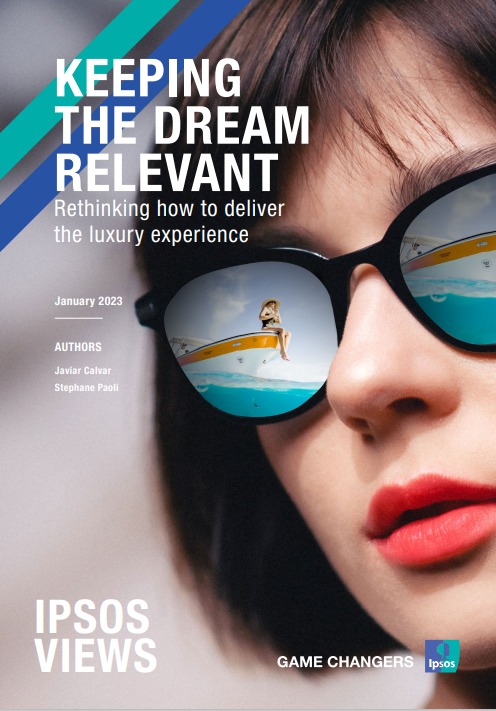Keeping the dream relevant: Rethinking how to deliver the luxury experience
 There is no ‘one-size-fits-all’ approach to defining what luxury is. Unlike other industries, it cannot be defined by its functionality – if you simply want to be able to tell the time, you do not spend 5,000 euros on a watch.
There is no ‘one-size-fits-all’ approach to defining what luxury is. Unlike other industries, it cannot be defined by its functionality – if you simply want to be able to tell the time, you do not spend 5,000 euros on a watch.
Yet there are two dimension that are common across luxury. First is the aspirational dimension: fundamentally, luxury is about making people dream, fulfilling people’s need for self-actualisation.
The second dimension is its exclusivity: luxury typically comes with entry barriers. Price is often one, making the product or service unaffordable to many. However, exclusivity can also be created through inaccessibility, limited editions, availability only in specific locations or via lengthy waiting lists. The exclusivity of luxury plays into its first dimension, its unattainability driving the aspiration.
What impact has emerging from a pandemic straight into a period of inflationary highs had for luxury brands? What obstacles does the new ‘post-pandemic’ world pose?
In this paper we answer these questions and explore how luxury brands can stay successful given new challenges, and how they can continue to deliver compelling luxury experiences and value propositions.
Download the paper below for an in-depth look at how the world of luxury has changed, examples of brands leading the way in adapting to these changes and actionable insights, including guidance from Ipsos on how to achieve success in this ‘new’ world, recognising the power of CX Service Design and Mystery Shopping, among other research tools.
Consumer-centricity is more important than ever, which is a new realisation for an industry that historically has prided itself in being product (or creation) -centric



